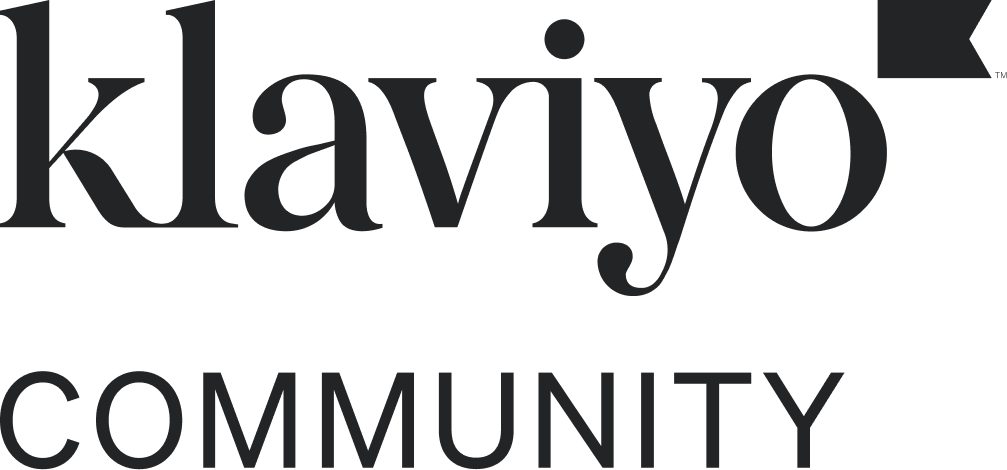Hey @Henrik 8k,
Great questions!
Deciding which metric to use as your conversion/attribution metric will really depend on your business and marketing goals. In my experience, the most common metric members use for attribution are transactional metrics such as Placed Order, Ordered Product, or Fulfilled Order. Placed Order is typically the most commonly used one and is also the one we tend to suggest.
In my opinion, fulfilled order is a great metric to use; especially if you have products that turn around and are fulfilled quickly such as digital products. On the other hand, it’s not great for products that have a long conversion period like furniture products. For this reason, we oftentimes advise using the Placed Order event or Ordered Product event since they’re both well rounded and the sale and attribution could occur immediately.
Using someone who has opened and clicked an email and immediately proceeded to make a purchase as an example. When using the Placed Order or Ordered Product as the conversion metric, the email that was clicked on would receive the attribution. However, if you were using the Fulfilled Order metric, if that product was not marked as fulfilled within 5 days (by default), it would not receive the attribution. What’s more, if after the 5 days if that recipient opens or clicks another email within 5 days prior to the order being fulfilled, the last email that was opened or clicked would receive the attribution. This means that the email that didn’t directly influence the purchase would have inadvertently receive credit.
Although this misrepresentation is present when using the Placed Order or Ordered Product as a conversion metric, they occur less frequently and typically only apply to automated reoccurring orders.
There are a number of pros and cons to any given of metric you decide to use. But it would all boil down to your business and marketing goals and what it was you are trying to achieve. If anything, we recommend constantly testing on what works best for you!
I hope this helps!
David



![[Academy] Klaviyo Product Certificate Forum|alt.badge.img](https://uploads-us-west-2.insided.com/klaviyo-en/attachment/8798a408-1d98-4c3e-9ae8-65091bb58328_thumb.png)

![[Academy] SMS Strategy Certificate Forum|alt.badge.img](https://uploads-us-west-2.insided.com/klaviyo-en/attachment/2f867798-26d9-45fd-ada7-3e4271dcb460_thumb.png)
